The Martin T3M is a 1926 carrier-borne torpedo bomber, introduced a year before the Lexington class were operational and also equipped with floats. It was flown in February 1926 and acceptated for production and service later that year. Service time averaged 4-5 years, as the T3M was replaced in 1927 by the T4M, and itself by the TBD devastator from Douglas in 1937. Martin returned to army bombers ans its T4M was manufactured by Great Lakes. This bulky, slow biplane derived from the T3M was not liked by mechanics, nor pilots that called it “the cow”. This pushed the Navy to swap for the radial engine that became the T4M. In grand total, 124 T3M (24 M-1, 100 M-2), 102 T4M and 40 Great Lakes TG-1/2 equipped the US Navy until 1937.
Genesis: The first USN Torpedo Bomber
It is often forgotten today how much Curtiss and Martin dominated the US aicraft industry landcape after WW2, with Vought as the probable second fiddle to Curtiss. The latter “put America in the air” by delivering an insanely large production of its JN (“Jenny”) from 1915 to retirement in 1927. Martin on its side was since 1917 the go-to manufacturer for heavy duty planes. It was thus a natural choice to be accepted as provider when the US Navy started to look after torpedo bombers for its nascent air arm and notably the freshly converted USS Langley.
Martin and the Navy
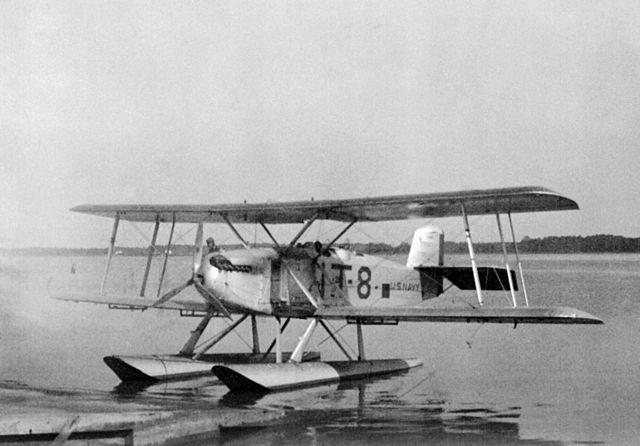
Martin SC-1 at Langley 1925. Martin produced 35 SC-1 and 40 SC-2.
Glenn L. Martin Company was founded in 1917, for a pioneer that already setup a workshop by August 16, 1912. He started in 1915 to deliver the TEs, Type TTs, and Type Rs for the Dutch East Indies. In 1916, feeling the entente might purchase additional aircraft from the new world, he setup a facility in Santa Ana, California by September 1916. He accepted a merger offer by the Wright Company, creating the Wright-Martin Aircraft Company, but the brothers were reputedly difficult to work with and he left in 1917 to create, on September 10, his own company, setup his HQ in Cleveland, Ohio. His first war plane was a simple Pusher delivered to the Mexican insurgents in 1913. Despite its rudimentary bombs it was reputed making the air-to-naval bombing runs in history.
But it’s really by 1918 that his MB-1 bomber put his company on the map. Her manufactured 20 of these giant (wingspan 71 ft 5 in/21.77 m) four-engine push-pull biplane bombers for the USAAS. One was also tested by the USN and USMC as the TM-1. Much more were attributed to lower bidders such as Curtiss (50), L.W.F. Engineering (35), and Aeromarine (25). It was the standard heavy bomber until 1930.
The Martin SC/T2M (1924)
However soon learned the dirty tricks of US aviation contracts and underbid Curtiss, winning the juicy contract for 404 scout bomber SC-1. The Martin Reconnaissance and torpedo bomber aircraft imposed itself to the Navy. Nevertheless Curtiss had good manufacturing capacity and the contract was split. Martin still obtained the largest part of the order and Curtiss 83.
The Curtiss CS-1/CS-2 were declined by Martin as the SC-1/2, and then the T2M as standardized under the alternative designation. But it’s really the Curtiss CS-3, a modified CS-2, with geared engine which once converted formed a basis for the Martin T3M. Part of the original design was to include also floats that could be rapidly interchangeable. Martin continued past the T2M and created the XCS-6 powered with a 730 hp (545 kW) Packard 1A-2500 engine, the SC-6 with the 1A-2500 engine and XSC-7 mixing the CS-1 with the T-3A engine and increased gross weight.
The martin T2M had a 600 hp (448 kW) inline liquid cooled Wright T-3 engine. The Navy preferred it over radia engines due to the advantages it offered in its floatplane variants, preventing excess seawater spray on the cylinders. The inline engine was fully enclosed and well protected. It was a large model, a three seater with equal planes 7 ft 9 in (11.51 m) in lenght and 56 ft 7 in (17.25 m) in wingspan, for a generous Gross weight of 8,422 lb (3,820 kg). Capable of 103 mph (166 km/h, 90 kn) for a 1,018 mi (1,638 km, 885 nmi) range it was defended by a LMG and could carry a 1,618 lb (734 kg) 540 mm torpedo, which was its main selling point. Overall, 75 Martin T2M were manufactured from 1924 to 1926. They started to be replaced by the T3M the same year. There will be a dedicated article on the T2M. The XT2M was a rototype proposed to the USN as a convertible floatplane/carrier model and dedicated torpedo carrier.
Design of the Martin T3M
From the XT3M to the T3M-1
The T2M was not a very satisfactory model, very large yet underpowered the SC-1 and SC-2 initially suffered from poor handling characteristics and soon earned the not enviable nickname of “Sea Cow”. The Naval Aircraft Factory, which was the own Navy facility to improve private sector industry’s practice and competition, made extensive modifications to two Curtiss CS-2s. They were redesignated CS-3 and handed over to Martin which provided further development leading to the T3M and T4M, while Great Lakes produced it as the TG. The Navy had its first mass produced torpedo bomber. The core improvements, aoutside aerodynamics and strucural, was the new engine.
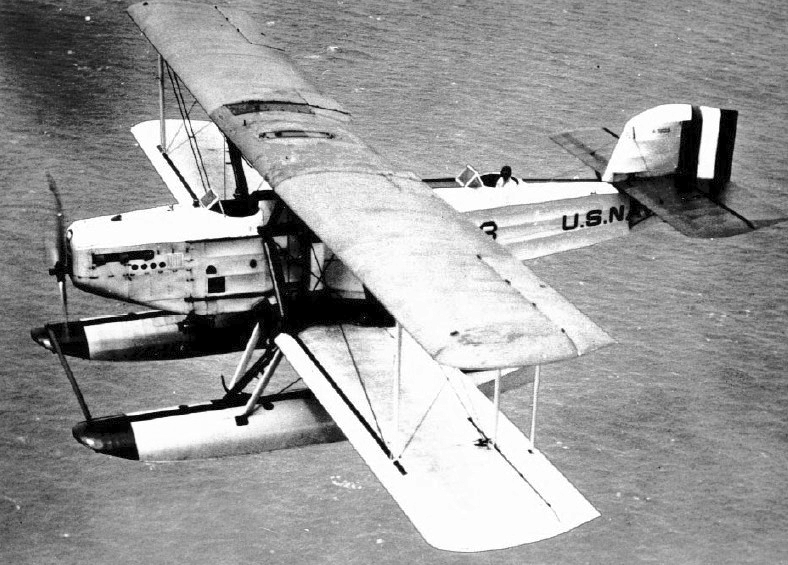
After the relative failure of the T2M, Martin engineers fully recovered the design and machining rights of the SC-1 and derived from it a truly improved version usable either for light bombing of torpedo carrier. The US Navy placed an order for a prototype designated XT3M. Martin’s internal designation was Martin 73. The order contract for a development was signed in December 1925 after a successful demonstration in early 1925. In between the U.S. Navy published a requirement for an improved torpedo-bomber/scout aircraft which closely matched Martin’s model, ensuring a sure win. This produced the T3M-1, which first flew in July 1926 for a large production of 124 in December 1926. However only 24 T3M-1s were built, as Martin worked on a better version, the T3M-2.
Externally, the XT3M was the same three-seater biplane torpedo bomber made of fabric-covered wood and metal. Its undercarriage and its fuselage belly structure were particularly robust to absorb the punishing condition of a rough landng on the short decks of aircraft carriers, in that case USS Langley and the upcoming Lexingtons. The same undercarriage was easy to removed and replace by two large floats. The Navy soon decided that the land-based variant would be used for light bombing and the seaplane version for torpedo attacks. It was considered just unsafe for such model to try to take off from a small deck with a heavy torpedo.
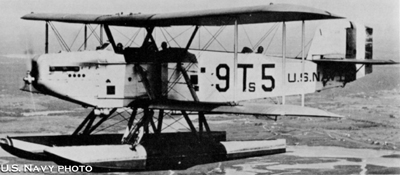 The XT3M engine was a Wright T3B Typhoon inline V12 engine rated for 575 horsepower and driving a two-bladed metal propeller. It was rated just as the former T3 but offered more torque. The armament was brough from a single rear defensive LMG to three 7.62mm Lewis machine guns, two in the fighter position pointing forward and one mounted on a mobile rear ring mount. The XT3M however was also capable of lifting a 730kg torpedo under the fuselage or the salme weight in light bombs using ventral racks. Its in land configuration that the prototype made its maiden flight by February 1926, just two months after the development contract signed.
The XT3M engine was a Wright T3B Typhoon inline V12 engine rated for 575 horsepower and driving a two-bladed metal propeller. It was rated just as the former T3 but offered more torque. The armament was brough from a single rear defensive LMG to three 7.62mm Lewis machine guns, two in the fighter position pointing forward and one mounted on a mobile rear ring mount. The XT3M however was also capable of lifting a 730kg torpedo under the fuselage or the salme weight in light bombs using ventral racks. Its in land configuration that the prototype made its maiden flight by February 1926, just two months after the development contract signed.
Still, the Navy found this model sluggish and underpowered and so only 24 were delivered. The T3M-1 like the T2M was called the “cow” and was not very popular. It had a bad reputation among pilots and mechanics as the conversion system betwene undercarriage and floats proved to greatly weaken the landing gear. The T3B engine, despite being an linne engine, better protected, still showed signs of corrosion. Performances were also sub-par. Pilots complained it was a “truck” to fly, and took forever to climb. Agility was not great either and pilots were careful not to stress the wings and avoid anything resembling the start of acrobatics.
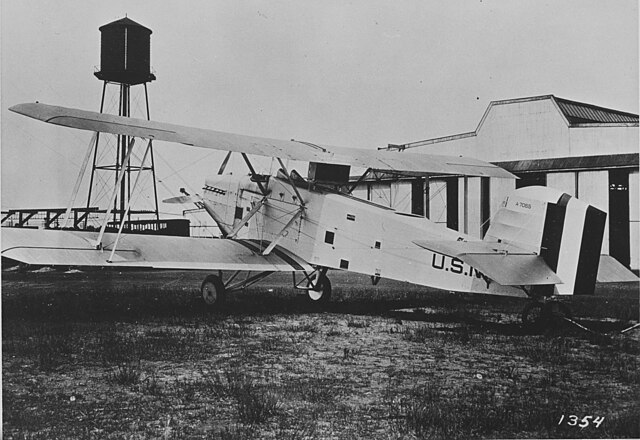
Martin T3M-1 first batch 1926
Martin answered this concerns and reworked the undercarriage, balanced better all surfaces, tried to gain some weight, and dropped the Wright for the more promising Packard 3A-2500 now rated for 770 horsepower. This was applied to the 25th model manufactured and the production version onwards became the T3M-2. All were delivered as pure floatplanes as the Navy wanted coastal torpedo squadrons. In addition the US Marines Corps received twenty of these, some converted back into carrier-capable aircraft with a cross. In all, 100 T3M-2s were manufactured. Still Martin wanted to improve the model.
Towards the Martin T4M (1927)
At the end of 1926, the US Navy proposed to Martin to develop two sub-series with radial engines in order to regain performances and simplify maintenance as many other naval floatplanes ran on radials which had better reputation. The model proposed asn adopted by martin was the Pratt & Whitney R-1690-24 Hornet rated for 525 horsepower, and the Wright R-1750 Cyclone rated for 520 horsepower. Bith prototype became respectively the XT3M-3 and XT3M-4. Flight testswere done in both land and float versions and after these, the Navy decided to select the XT3M-3. Production would have led to a supplementary order fo perhaps 100 T3M-3s but Martin made so modification outside the ebgine that it proposed instead to call it the T4M, while the manufacturer model was the Martin 74.
An order for 102 T4M-1(including the two prototypes) was placed in 1927. All T4M-1s were exclusively made with fixed undercarriage for carrier operation, and specialized as light bombers, but tests as dive bombers were short. But they also retained the torpedo capability when entering service on the brand new Lexington class.
A year later, Martin was relieved from production in order to work on the promising twin-engine Martin 123 (the USAAC B-10 bomber), and thus a contract was signed with Great Lakes to build the T4M-1. It was soon renamed the TG-1 and 18 were made, then the more powerful TG-2, with a 625 hp Prat and Whitney engine.
A short but useful career
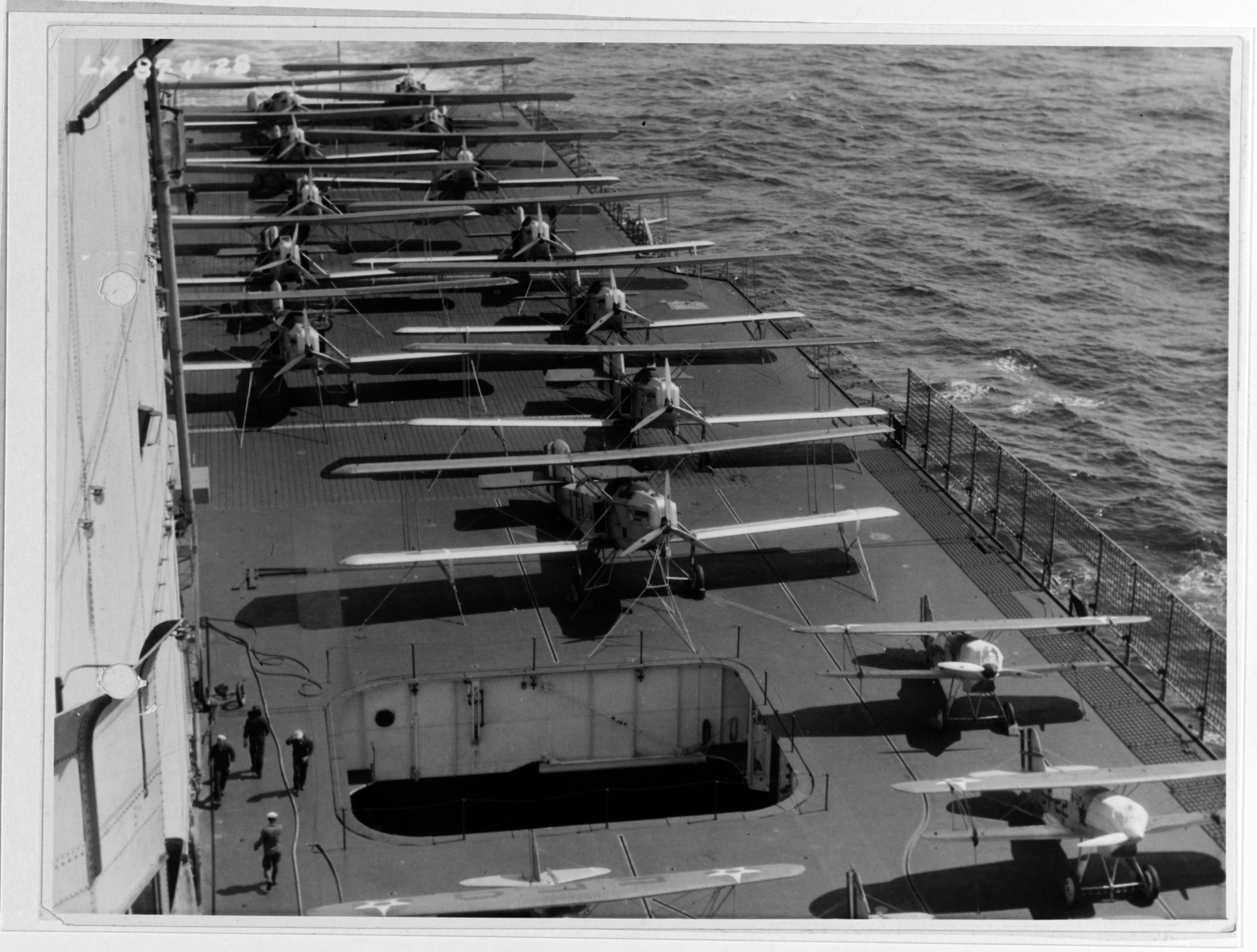
It should be noted that during their entire operational career, from 1927 to 1932, the Martin T3M-2s were never engaged in combat. They served during several naval air exercises or to cover Marine maneuvers, but they never had to fire a torpedo in operational condition. Like its “big brother”, the Martin T4M was never used in combat by the US Marines Corps and the US Navy. Nevertheless, it allowed American aviators to perfect their torpedo techniques and later their light dive bombing techniques.
The T4M-1, TG-1, and TG-2 remained in active service until 1937, when they had become obsolete.
Never exported, the Martin T3M and T4M are virtually unknown outside the United States. It should be noted that they have nothing to do with the XT5M, better known by its designation of Martin BM, one of the best carrier-based biplane bombers of the interwar period.
Gallery:
Illustrations
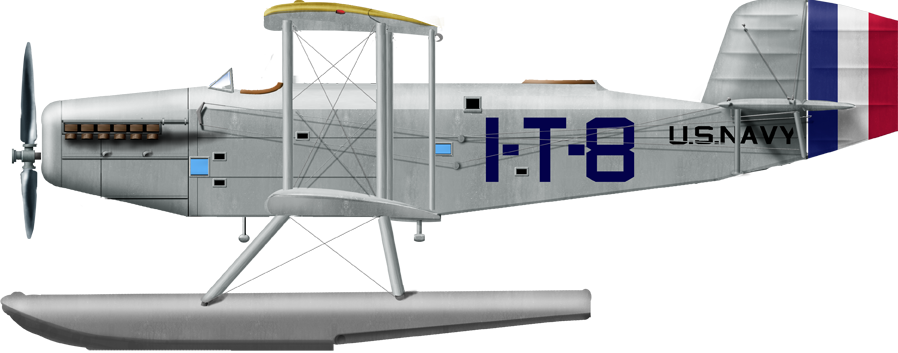
T3M-1 VT1 USS Wright Scout Fleet 1926
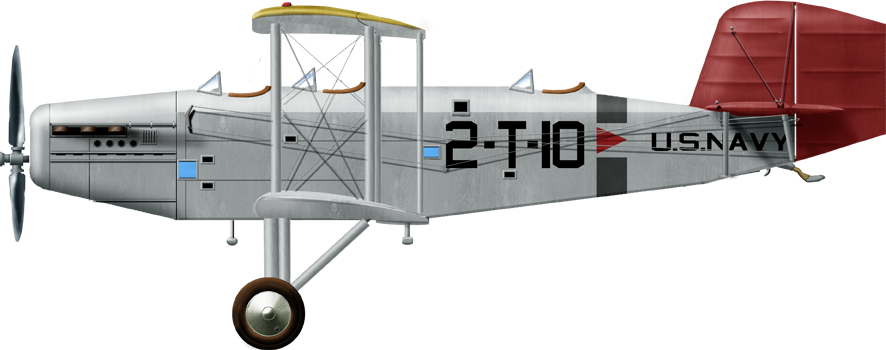
T3M-2 from VT-2, USS Saratoga 1928.
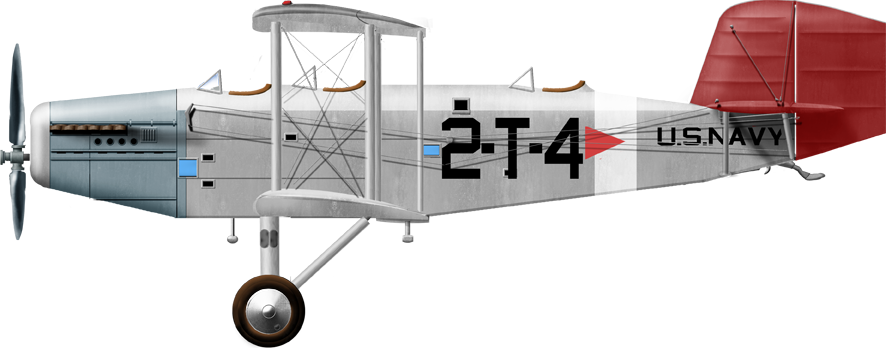
T3M-2 from VT-2, USS Saratoga 1928
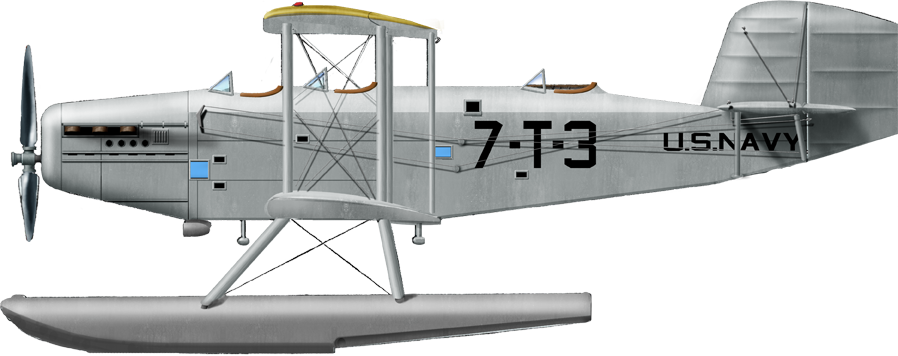
T3M-2 with floats, VT-7D Pearl Harbor 1930
Photos

Martin T3M-1 with land undercarriage



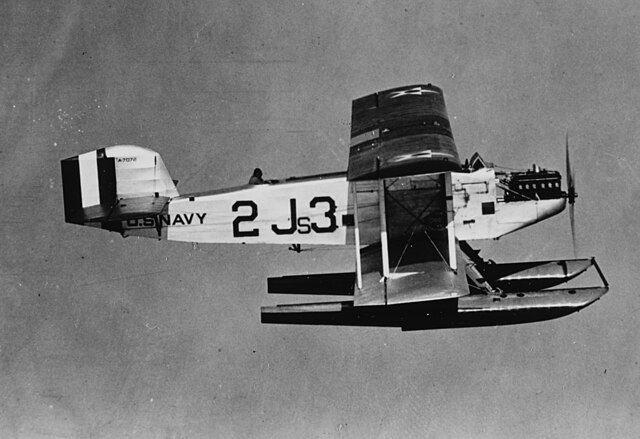
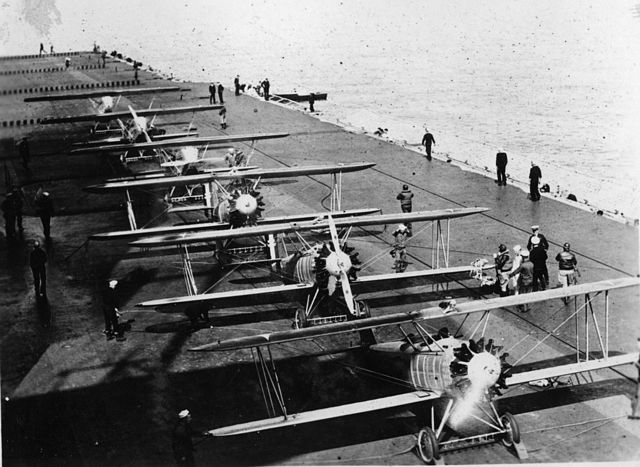
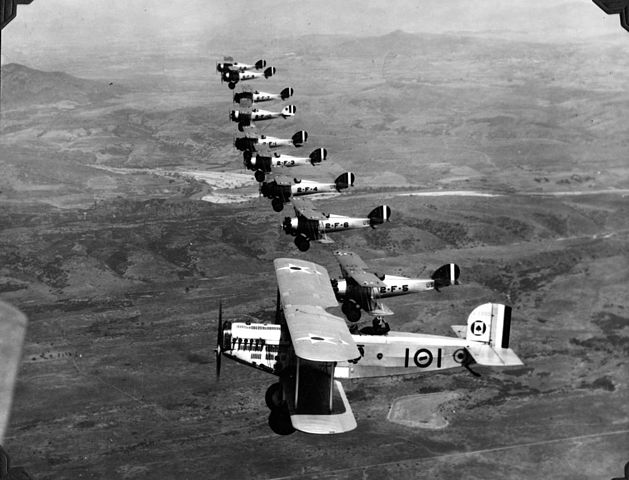
Src/Read more about the Martin T3M:
corescholar.libraries.wright.edu
history.navy.mil photo on history.navy.mil
secretprojects.co.uk
en.wikipedia.org
avionslegendaires.net
Curtiss_CS
commons.wikimedia.org
The Models Corner:
Video:

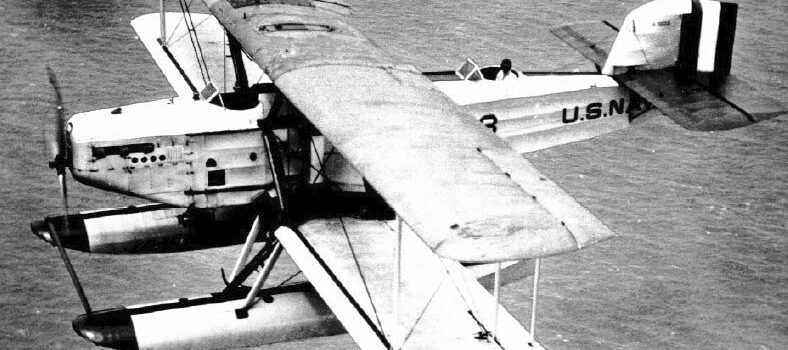
 Latest Facebook Entry -
Latest Facebook Entry -  X(Tweeter) Naval Encyclopedia's deck archive
X(Tweeter) Naval Encyclopedia's deck archive Instagram (@navalencyc)
Instagram (@navalencyc)





 French Navy
French Navy Royal Navy
Royal Navy Russian Navy
Russian Navy Armada Espanola
Armada Espanola Austrian Navy
Austrian Navy K.u.K. Kriegsmarine
K.u.K. Kriegsmarine Dansk Marine
Dansk Marine Nautiko Hellenon
Nautiko Hellenon Koninklije Marine 1870
Koninklije Marine 1870 Marinha do Brasil
Marinha do Brasil Osmanlı Donanması
Osmanlı Donanması Marina Do Peru
Marina Do Peru Marinha do Portugal
Marinha do Portugal Regia Marina 1870
Regia Marina 1870 Nihhon Kaigun 1870
Nihhon Kaigun 1870 Preußische Marine 1870
Preußische Marine 1870 Russkiy Flot 1870
Russkiy Flot 1870 Svenska marinen
Svenska marinen Søværnet
Søværnet Union Navy
Union Navy Confederate Navy
Confederate Navy Armada de Argentina
Armada de Argentina Imperial Chinese Navy
Imperial Chinese Navy Marinha do Portugal
Marinha do Portugal Mexico
Mexico Kaiserliche Marine
Kaiserliche Marine 1898 US Navy
1898 US Navy Sovietskiy Flot
Sovietskiy Flot Royal Canadian Navy
Royal Canadian Navy Royal Australian Navy
Royal Australian Navy RNZN Fleet
RNZN Fleet Chinese Navy 1937
Chinese Navy 1937 Kriegsmarine
Kriegsmarine Chilean Navy
Chilean Navy Danish Navy
Danish Navy Finnish Navy
Finnish Navy Hellenic Navy
Hellenic Navy Polish Navy
Polish Navy Romanian Navy
Romanian Navy Turkish Navy
Turkish Navy Royal Yugoslav Navy
Royal Yugoslav Navy Royal Thai Navy
Royal Thai Navy Minor Navies
Minor Navies Albania
Albania Austria
Austria Belgium
Belgium Columbia
Columbia Costa Rica
Costa Rica Cuba
Cuba Czechoslovakia
Czechoslovakia Dominican Republic
Dominican Republic Haiti
Haiti Hungary
Hungary Honduras
Honduras Estonia
Estonia Iceland
Iceland Eire
Eire Equador
Equador Iran
Iran Iraq
Iraq Latvia
Latvia Liberia
Liberia Lithuania
Lithuania Mandchukuo
Mandchukuo Morocco
Morocco Nicaragua
Nicaragua Persia
Persia San Salvador
San Salvador Sarawak
Sarawak Uruguay
Uruguay Venezuela
Venezuela Zanzibar
Zanzibar Warsaw Pact Navies
Warsaw Pact Navies Bulgaria
Bulgaria Hungary
Hungary

 Bundesmarine
Bundesmarine Dutch Navy
Dutch Navy Hellenic Navy
Hellenic Navy Marina Militare
Marina Militare Yugoslav Navy
Yugoslav Navy Chinese Navy
Chinese Navy Indian Navy
Indian Navy Indonesian Navy
Indonesian Navy JMSDF
JMSDF North Korean Navy
North Korean Navy Pakistani Navy
Pakistani Navy Philippines Navy
Philippines Navy ROKN
ROKN Rep. of Singapore Navy
Rep. of Singapore Navy Taiwanese Navy
Taiwanese Navy IDF Navy
IDF Navy Saudi Navy
Saudi Navy Royal New Zealand Navy
Royal New Zealand Navy Egyptian Navy
Egyptian Navy South African Navy
South African Navy






























 Ukrainian Navy
Ukrainian Navy dbodesign
dbodesign